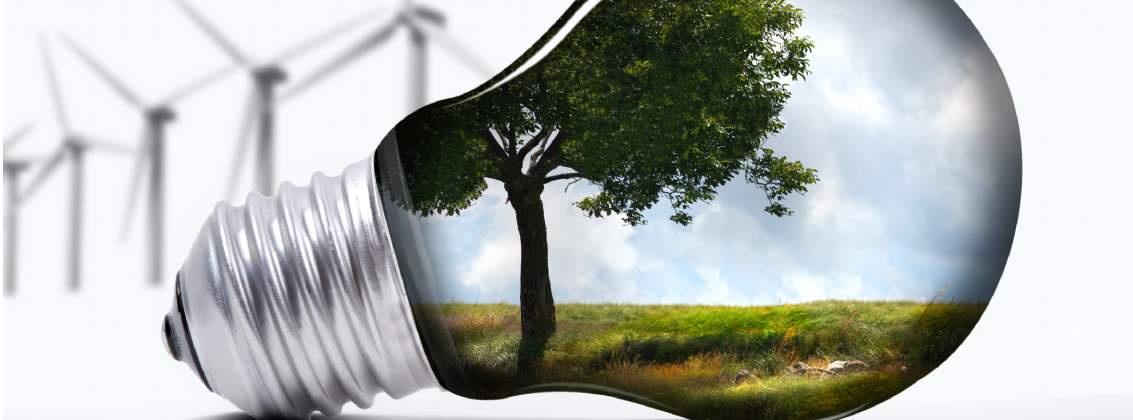What do wind, solar, geothermal and hydro power all have in common? All are renewable, yes, and all generate electricity. Renewable electricity will in time provide the majority of our green energy needs, from transport, to heating and even food production (think vertical farming). Yet because of a number of drawbacks, it simply cannot be the only hero of net zero.
Our energy infrastructure has long centred upon abundant, chemically stable, energy dense fossil fuels. It will take time to adapt that system to cope with the demands of renewables, such as by integrating energy storage and adapting end-use devices to electricity. Even when that is achieved, electricity will not be the ideal form of energy for all applications. There will still be a need for that flexible, abundant form of energy that we are so accustomed to.
Choosing a sidekick
In this need, hydrogen seems the obvious choice. It can be created locally and from a number of sources. Once created, it can be fed into our pre-existing gas network. Trials are under way to prove up to a 20 per cent blend of hydrogen with natural gas can be used, permitting a phased transition to a new energy system. It can also be used as a transport fuel, delivering benefits close to what we expect from petrol and diesel. When combusted, hydrogen does not contribute to climate change as only water and energy are produced.
Ideal, but of course there is a catch – two actually. Firstly, large scale deployment of hydrogen technologies is not commercially viable to the extent where the Government is confident it could be supported by subsidies. Secondly, hydrogen production would likely be powered by a mix of renewable and non-renewable energy sources. This would render the transition to hydrogen pointless from an environmental perspective unless it can be combined with carbon capture and storage (CCS) technology, which also happens to be currently commercially unviable.
An alternative must be found and fortunately we already know of one. Anaerobic digestion (AD) breaks down organic material in the absence of oxygen to produce biomethane. That biomethane is chemically identical to natural gas. It can therefore be fed straight into the existing network and because it is derived from organic material, it is also considered to be carbon neutral.
It looks like biomethane will be the sidekick to the hero that is electrification, at least for the time being. Though hydrogen at scale is not yet with us, its virtues and benefits are undeniable. Is AD therefore just a stepping stone or could it co-exist with hydrogen in the future?
Room for two
The fortunes of hydrogen and AD are not inherently linked to one another. Rather than competitors, the two are complementary. Trials are currently exploring the possibility of mixing natural gas with small volumes of hydrogen. If they are successful, there is no reason why hydrogen and biomethane could not be mixed in the grid in the future.
That solution still neglects the potential of methane in other sectors. Given its green origins, biomethane, and not fossil fuels, could become a fundamental chemical building block from which many useful products can be crafted, such as fertilisers, pharmaceuticals or even green hydrogen. While this is not something currently seen outside of research laboratories, improvements in catalysis and a shift to sustainability will undoubtedly drive uptake.
Combining green hydrogen production from biomethane with commercially viable CCS will go above and beyond carbon neutrality by creating a negative emissions technology. In this, we must however exercise caution. AD is reliant on organic material. In pursuing AD, green hydrogen and negative carbon emissions, we must ensure food production and biodiversity is not compromised through the production of energy crops. Nonetheless, negative emissions technologies are few and far between and we cannot afford to leave tools in the box when it comes to net zero.
Few of the technologies that we need to hit net zero are completely infallible. Renewable electricity is scalable, particularly with infrastructure improvements, but not the answer to all of our problems.
Hydrogen could be the answer to the problems that are left, but not for some time to come. When we come to AD, we find a scalable technology that can answer those questions. It is a technology that we need in the present but also one that will remain relevant and useful in the future.

.jpg)







.jpg)
.jpg)